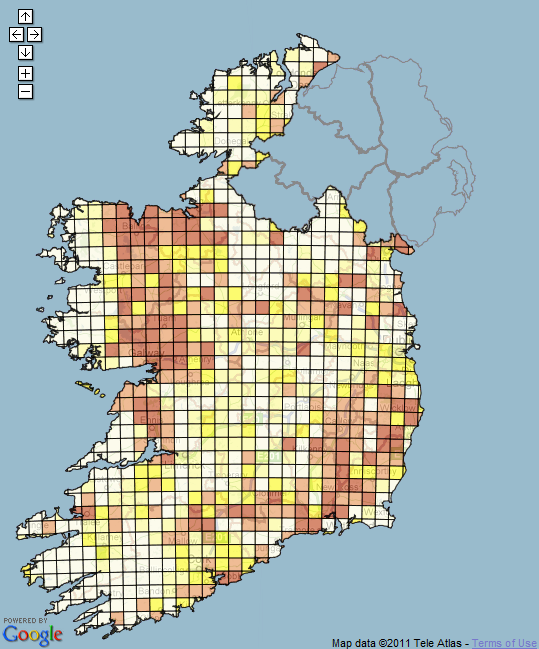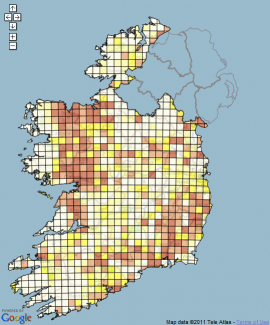Following the March 11 earthquake and tsunami in Japan which crippled the Fukushima nuclear power plant it is surprising to hear that over 50% of the radiation we are subjected to comes from Radon Gas. Which occurs naturally in the ground. As we approach the 25th anniversary of Chernobyl we look at our exposure to radiation.
Radon is a natural radioactive material that is released from decaying Uranium found in the earth. As with many other forms of natural gas it is colourless, odourless and tasteless and can seep into buildings through their foundations.
While most Radon Gas dissipates in the atmosphere once released from the ground it can accumulate inside buildings, including family homes and offices, and become dangerous to human health. As a gas, radioactive Radon particles can be breathed in and cause health damage that could, over a long period of time and depending on other factors (such as whether you are a smoker), lead to diseases such as lung cancer.
“The greatest health risk from radiation in Ireland is caused by radon. It accounts for 56 per cent of the total radiation dose received by the Irish population. Between 150 and 200 lung cancer deaths in Ireland every year can be linked to radon.” – Radiological Protection Institute of Ireland
This all sounds serious and scary but there is no need to panic. The levels of Radon needed will have to be built up over a lifetime and there are other factors involved, such as your family history of cancer and your personal level of fitness.
If you are worried there are several things you can do to get the answers you need. The Radiological Protection Institute of Ireland (RPII) has a number of services which can give you more information about the risk posed by Radon to your health.
By filling out a few questions the Radiation Dose Calculator can give you a rough estimation of your lifelong exposure to radioactive material.
With the RPII’s Radon Map you can find your home or office’s exposure to Radon by submitting your address. The map will tell you the approximate level of Radon in your area although the actual exposure you are subject to could be higher or lower than that indicated on the map.
“If you live in a High Radon Area there is a greater probability that your home will have high radon levels. High radon concentrations can be found in any part of the country so even if you do not live in a High Radon Area, it is still important to have your home and your workplace tested for radon gas.
If your home or your workplace is in a High Radon Area, it is particularly important you test your home and workplace for radon.”
If the levels are high enough to cause concern, or even if you live or work in a low Radon area, you can organise to have a Radon test conducted in your home or business. The tests are non intrusive, all you have to do is place two small disks in your home, one in the living room and the other in a bedroom, for three months. Over these months the disks will measure the background Radon in your home. These are then sent to the RPII who will be able to tell you more accurately your exposure to Radon. These tests cost €56.













